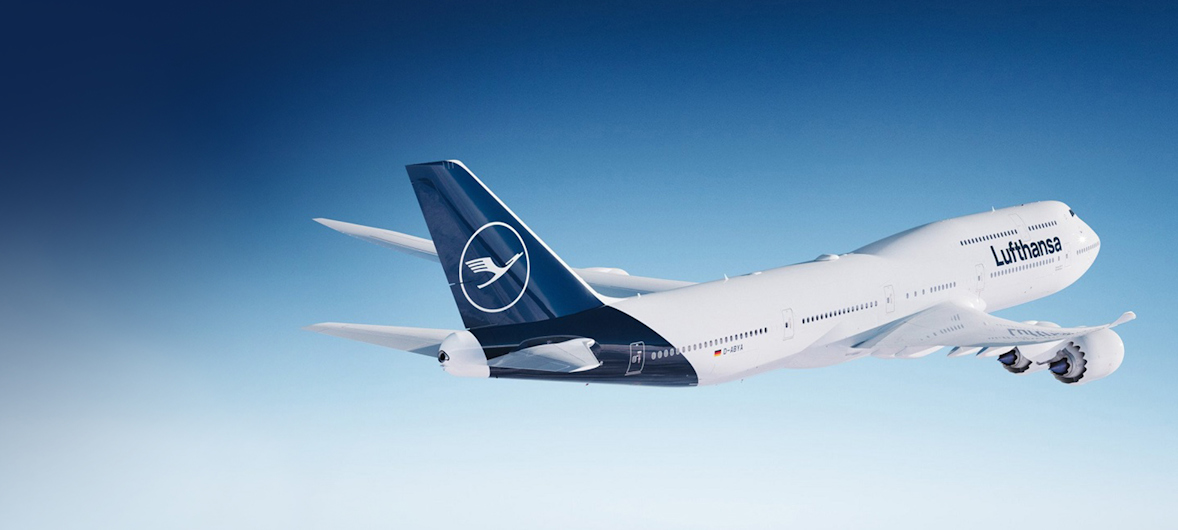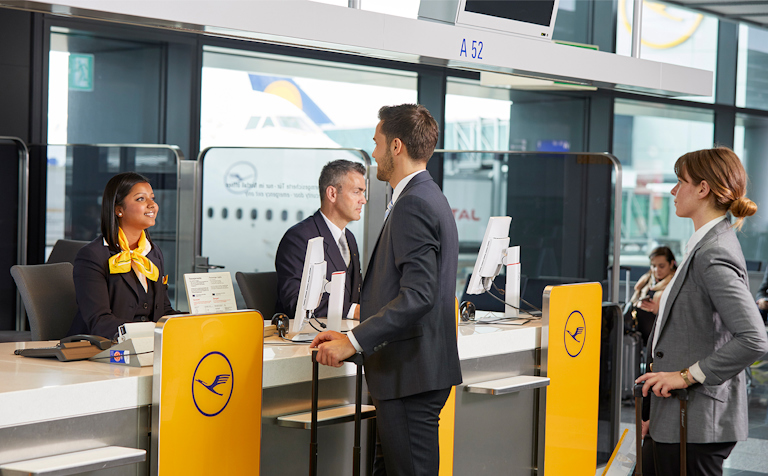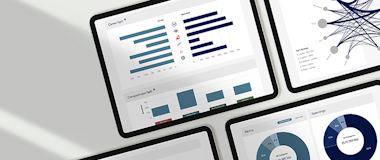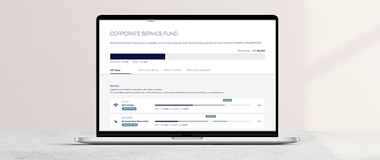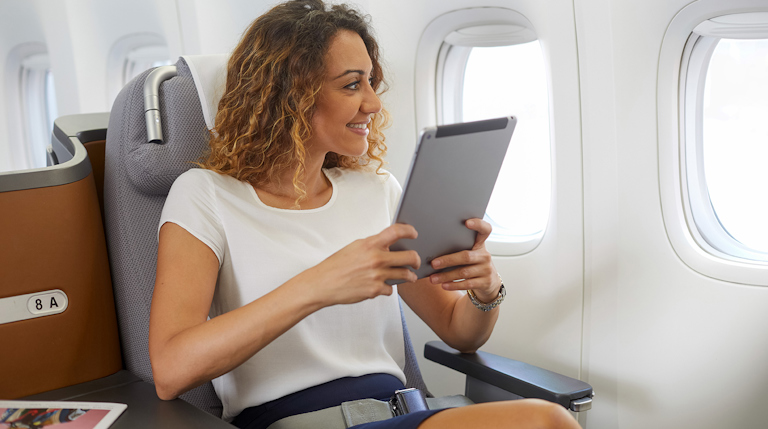Valtech had to aggregate insights about corporate customer needs and behaviors which were not captured in the existing, traditional segmentation approach. o figure out how to serve recurring pain points across a surprisingly diverse landscape, Valtech used data science methods to group corporate customers into so-called “Corporate Archetypes” that could be used much like personas.
Traditional B2B segmentation, based on regionality, industry and revenue, did not deliver the right answers to product development questions of a more innovative scale. With statistical exploration, surprising insights and new clusters emerged, grouping seemingly unrelated corporate customers together. With the lens focused on behavioral patterns, previous assumptions were disproven (e.g. a company’s industry does not actually dictate travel behavior as much).
Additionally, corporate decision-making processes make behavioral analytics via customer journeys more complex to map than in a traditional B2C environment. Compared to the simple one-decision-maker B2C persona, multiple stakeholders are involved in the corporate travel process; pain points and needs are varied and distributed.
Overall, Valtech collected diverse data from sales staff surveys, customer interviews and quantitative travel data, and integrated this input into clusters that would be used by the product development teams to stay true to their customer-centric mission. These “Corporate Archetypes” laid the foundation for how the newly tailored loyalty offering looked and it contributed with a higher predictability for success, as well as the potential for data-driven automation.
